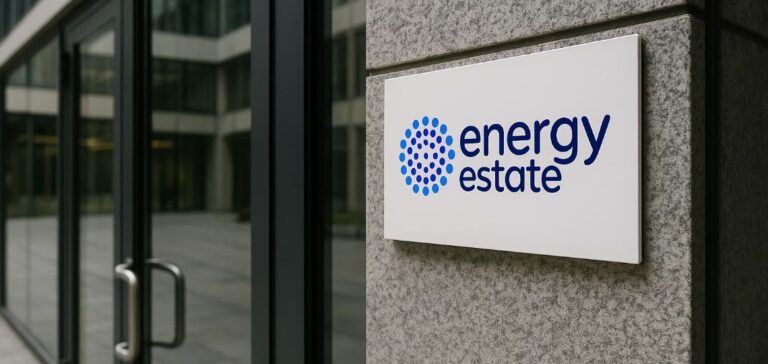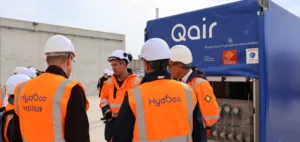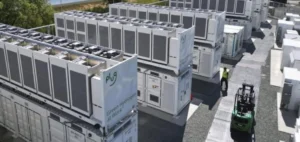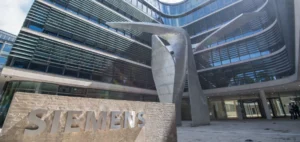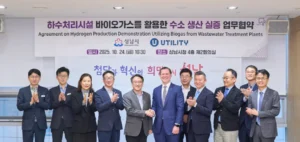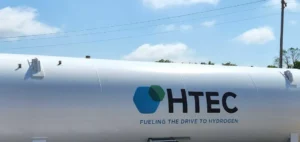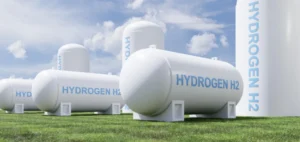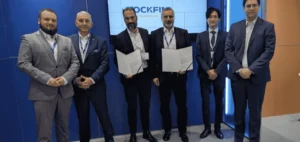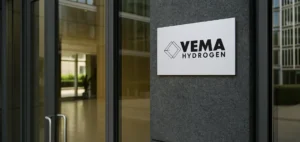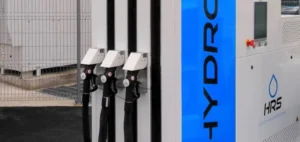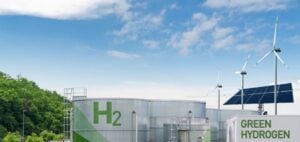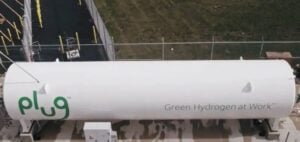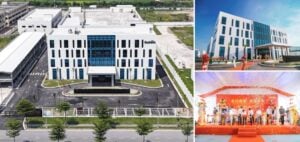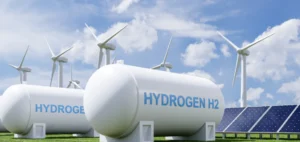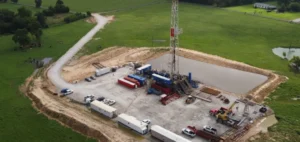Australian energy and infrastructure developer Energy Estate has announced the acquisition of the San Luis Industrial Complex (SLIC), located in California’s San Joaquin Valley. This transaction marks the company’s entry into the United States market. The site is supported by the Alliance for Renewable Clean Hydrogen Energy Systems (ARCHES), a joint initiative between the State of California and the U.S. Department of Energy, with total funding of $12.6bn through a public-private partnership.
An industry-focused hydrogen project
The industrial complex is located near the San Luis Reservoir and includes large-scale solar infrastructure intended for green hydrogen production. The hydrogen will be used in the transportation sector and other energy-intensive local industries. According to Energy Estate, the project aims to develop a clean industrial ecosystem from the Central Valley to the Bay Area, leveraging the state’s existing infrastructure and favourable energy policies.
The site is also intended to attract new manufacturing industries and stakeholders in renewable fuels. ARCHES, which oversees such projects, aims to accelerate the deployment of renewable hydrogen infrastructure across California.
Strategic location along the I-5 corridor
The San Luis Industrial Complex is positioned along the I-5 corridor between Los Angeles and San Francisco, a location considered strategic by Energy Estate. The company plans to integrate operations in renewable fuels, digital infrastructure, and support for the regional agricultural sector.
Vincent Dwyer, Co-Founder and Chief Executive Officer of Energy Estate, stated that the acquisition aligns with the firm’s strategy of developing low-cost energy-based industrial hubs, similar to those launched in Australia and New Zealand.
Partnerships securing government support
ARCHES Chief Executive Officer Angelina Galiteva welcomed the project’s progress and its contribution to hydrogen development in California. Simon Currie, Co-Founder and Chief Projects Officer at Energy Estate, noted that SLIC would enhance ties between California’s artificial intelligence industry and the energy and water resources of Australia and New Zealand through the company’s digital platform, Energy Estate Digital.
Neal Aronson, President of San Luis Renewables, LLC, said the project’s ability to obtain ARCHES support demonstrated the viability of large-scale energy ventures in the United States. Dustin Jolley, Chief Executive Officer of Our Energy, LLC, described the partnership with Energy Estate as a “major milestone” for the site’s development.


